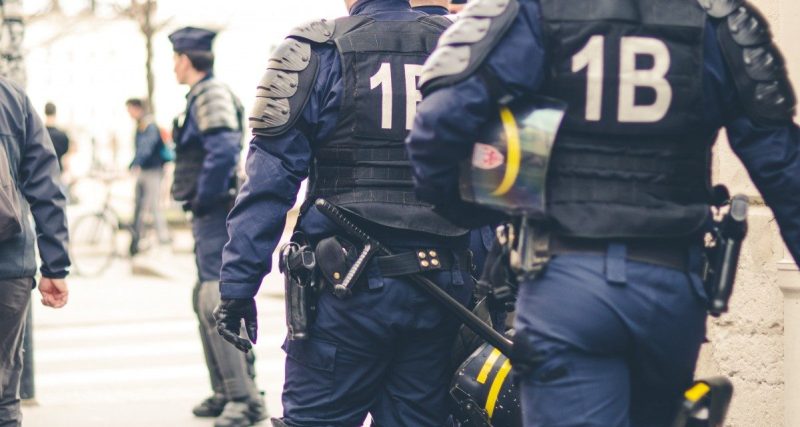Virtual reality also opens up new possibilities for training police officers; we have already talked about it reports. In the Shotpros project, psychologically based training scenarios are being developed to improve decision-making and behaviour under stress. The aim is to avoid violence and collateral damage in high-risk situations.
Gun attacks, rampages, terrorist attacks - new threat and risk scenarios pose new challenges for the European police. First responders are faced with the challenge of correctly assessing the situation and deciding how to proceed. The success of the operation as well as potential effects and consequences depend on the strategic decision.
Virtual reality as an innovation factor
Conventional training focuses on aspects such as fast running and skilful use of weapons. In high-risk situations, however, stress management and strategy are required first. Stress limits perception and therefore the ability to make the right decisions and take the right action. In Horizon 2020 The aim of the Shotpros research project is to create innovative stress training scenarios that would not be possible in real life for safety reasons - using virtual reality. Thirteen project partners from research and industry are cooperating with leading police authorities in the multidisciplinary team. The project coordinators are the Vienna Usability Consultants Usecon.
Project partner Raôul Oudejans
Among the research partners is the team from the Centre for Technology Experience at Austrian Institute for Technology (AIT). Its task is to research the triggers and controllability of stress and emotions in virtual realities - as well as their measurability. AIT project team Sebastian Egger-Lampl explains that the training principles are based on psychological research into decision-making and its influencing factors. The project partners in this part are the experts led by Professor Raôul Oudejans from the Faculty of Behavioural and Movement Sciences, Motor Learning & Performance at the Free University of Amsterdam. They also have expertise in training to improve decision-making under stress.
Correct decisions
The training should lead to better and more correct decisions from perspectives such as law and ethics. Police officers gain the ability to maintain an overview in threatening situations, minimise the use of force and avoid casualties and collateral damage such as panic and escalation.
The project focuses on the development of a validated human factor model. This will initially analyse the influence of psychological human factors on context-specific decisions and actions of police officers in high-risk situations. This model should provide the researchers with a deeper understanding of decision-making processes - and the basis for the development of the future training programme.
Training setting
The stressors in the programme can be changed to enable different settings. The training takes place with headsets and under the supervision of a trainer who controls the virtual reality and accompanies the trainees. The trainees compete in teams of two - just like real-life patrol officers.
Training scenario
One possible scenario would be a call about a loud domestic dispute with threats in a flat. On site, the situation is completely different: there are several men in the flat who are attacking each other with various objects. The trainees' task is to first assess the situation as best they can and gather all the available information in order to make the best possible decisions. The virtual reality environment makes it possible to gradually escalate the scenarios to the trainee to ensure that a certain level of stress is reached, explains Egger-Lampl.
Shotpros is being funded by the European Union with five million euros. The project will run for five years. The establishment of a European network of various police and security authorities is intended to facilitate the exchange and transfer of knowledge in the field of virtual worlds in the police environment. The long-term success of the project is to be ensured through the involvement of police authorities and targeted users.
Source: innovationorigins









